Sometimes, the greatest achievements take place on the smallest scale. Accessories have long had the ability to take a monotonous outfit and reengage its flair, it’s style, it’s personality.
The miniature tie clip is a small but noble part of that class. A small bracket of metal, gold, rhodium and in some cases fabric that holds the shape of your tie in place while discreetly emphasizing your personality without a whisper.
Here is our primer on one of our favorite accessories; the tie clip.
History of the Tie Clip
It was the year 1870, just months since the four in hand knot became popular and aristocrats began to use tie tacks and stick pins to hold their neckwear in place to prevent the wind from whipping it around. Ties of the age were made of such light material they were so prone to wrinkling that even the smallest gust of wind could find a man struggling to replace his tie in an orderly fashion. The tie tack was a tool with a purpose, and it’s job was stability. Of course, at that time a gentleman would wear a waistcoat at all times so the tie bar was of little use to him. Instead you could see them wearing tie stick pins. In 1926 the tailor Jesse Langsdorf created a new way to cut the tie at a 45 degree angle with three pieces, so it would avoid wrinkling and allow the tie to lay flat. Subsequently the gentler slides and clips came out, and soon tie clips had become a staple in every gentleman’s wardrobe. Most men acquired various clips in many different designs made of varying types of metal and gold. Often the clips would feature geometric patterns, pinstripes or very elaborate decoration and jeweling. With WWI and WWII tie clips started taking on a regimental appearance. Many clubs offered club pins and it wasn’t unusual for businesses to brand their employees through the use of corporately branded tie bars. It also helped that more and more men started to skip the vest, rendering the tie clip more important than ever before.. Famously elegant people like Fred Astaire or Clark Gable would wear them for manifold reasons. For the dancing Astaire a clip was practical because his ties would stay in place and Gable might have simply appreciated the look of them.
Astaire dancing and wearing a tie bar Clark Gable 1934 with Tie Pin Fred Astaire with collar pin but no tie bar when he wears a three piece suit or vest Astaire with button down collar, ties with dimple and tie bar
As corporate American began developing, tie clips became even more prominent and were worn by dignitaries, executives, middle management and even the layman. If you wore a business suit to work you wore a tie and if you wore a tie you wore a tie clip.
Then, sometime in the 1990s tie clips began taking a backseat. Chalk it up to the over abundance of flamboyance and ridiculousness in the outfits of the 1980s – let’s face it, the 80s weren’t good to any of us, but tie clips declined in popularity, so much so, it became difficult to procure them.
Within the last couple of years, it seems like tie clips have gained somewhat in popularity again.
Types of Tie Clips
There are many different styles that can help keep your tie in place while keeping you looking dapper. Let’s examine a few of them.
Tie Tack
This is the original tie clip. It can be found in many different metals, shapes and even with diamonds, rubies or other jewels affixed to it. It usually has a little chain with a T-bar attached to it, which is put through a shirt buttonhole to keep the tie in place. This is similar to a lapel pin in that it pierces your tie and shirt, to hold the tie in place. It works well for woven silk ties or coarser fabrics such as wool or cashmere neckties because the little tack won’t leave a mark. If you only wear finely printed foulard ties, it is probably not the right choice for you since the little holes may not disappear completely. However, they are easy to find at vintage stores and recently, my mother in law had her very first engagement ring made into a tie tack as a gift for my father in law! As you can see, you can get very creative with your tie tacks and since they are small, they won’t break the bank.
Tie Clip or Tie Bar
Like the mouth of an alligator, it’s two bars attached by a spring mechanism that latch together or sometimes just a simple bar. You basically clasp your tie to your front shirt placket and that’s all. The bar or clip design is probably the most popular kind of tie clip at the moment, and you will find many different kinds, some of which are truly ugly and cheap looking, but also very refined ones.
Swank Propeller Tie Clip from 1945 in 14k gold Swank Propeller Tie Clip from 1945 Short tie clip for slim ties with chain, which was popular in the 60s and 70s Malachite tie clip from Montblanc from the 1990s Lapis tie clip Lapis tie clip from Montblanc from the 1990s – try to avoid logos or labels on your jewelry
Tie Chain
In the 1960’s and 1970’s it was popular to have a chain with a clip on the end that latches behind the tie onto the shirt. Often the chain will feature a fob of sorts and acts as a method to loosely but still securely hold the tie in place. Personally, I am not fond of the look and hence avoid it, but if you like it, you can find a lot of inexpensive vintage pieces.
Tie Stick Pin
The tie stick pin is technically not a tie bar, but you also use it to keep your tie in place. It is particularly common with a stroller suit or a morning coat and is more decorative than practical. Classic versions are made of solid 14k or 18k gold with a white pearl but you can find them also with diamonds or other precious and semi precious stones and more or less decorations. Considering you rarely see them these days, I find a simple stick pin to be the best addition to a formal daywear outfit.
Collar Pins
For some reason, collar pins and bars are often advertised as tie bars but that couldn’t be further from the truth. Checkout our collar pin guide or the collar pins in our shop for more information.
Why & When to wear a Tie Clip?
Few mens accessories that began with an objective in mind rarely serve the same fundamental purpose. The tie tack, clasp, bar, pin, slide, clip, or whatever you choose it still does, though at the same time, it has a number of other uses.
- Decorative: men enjoy adding an accessory, just like cuff links or a signet ring
- Keeps your ties clean: whenever you lean over the dining table, you run the risk of your tie touching your plate or meal. A tie clip prevents that from happening.
- Great for Doctors: When an MD sees a patient, they often have to lean over, and without a vest or clip the tie touches the patient. So either you can wear a bow tie, or a tie with a tie clip/
- Essential for people with one shoulder lower than the other: Personally, my right shoulder is considerably lower than the other and sloped forward, which causes my ties to always hang crooked and never straight. A tie clip helps me to keep the tie straight at all times.
- Good for popping tie knots: If you like the look of popping tie knots (tie knots that don’t lay flat on the shirt but pop up a bit), a tie bar helps to keep the popped knot in place
It’s rare when something so small and so intricate can have such a huge impact on the way a man looks.
Steve McQueen with Tie Tack Sean Connery, casually on a bike with tie clip Fred Astaire Holding Newspaper Fred Astaire with Tie Tack Fred Astaire with Tie Bar above his waistline in Divorcee Fred Astaire with Boater and Tie Bar
How to Wear A Tie Clip Do’s & Don’ts
1. Clip it to your shirt: The first thing to remember is that the tie bar is intended to keep the tie in place, and it does so by grasping onto the shirt placket. Some men will often wear tie clips thinking it just holds the small neck and big neck of the tie together, when it fact it’s mean’t to be attached directly to the shirt.
2. Tie Clip Positioning: the Position of the tie bar is crucial and should be a couple inches or centimeters above your jacket’s closing button. Sometimes you see people wear it rather high up which is too much in your face. If you don’t wear a jacket, attached it somewhere close to your natural waistline or above. Study the gallery pictures above!
3. Tie Clip Width: The width of the tie clip should always be shorter than the width of the tie, preferably about 70 – 80% of the width. So, if you have skinny ties and wide ties, you need different tie clips. Clips that are too short or wide look horrible.
4. Tie Clip Angle: If you have a tie clip that is too long, angle it like Fred Astaire did it in the picture above. Otherwise wear it straight or at a slight angle. It all depends on your look. Casual outfits might benefit from a slight angle while polished business outfits look better with a horizontal tie clip.
5. Tie Clips & Vests: If you wear a vest, and you still want to use a tie clip, wear it invisibly underneath your vest, otherwise it is simply too much and you should skip it. For the most part, the vest will fulfill the function of a clip and you can skip the clip, unless you have sloping shoulders like me – in that case, wear it underneath.
6. Keep it simple: Skip all the Goofy inspired or sports tie pins with big logos or anything of that kind because it will simply look cheesy. To start, a simple clip in plain silver or gold will be all you need. Then you can add semi precious stones etc.
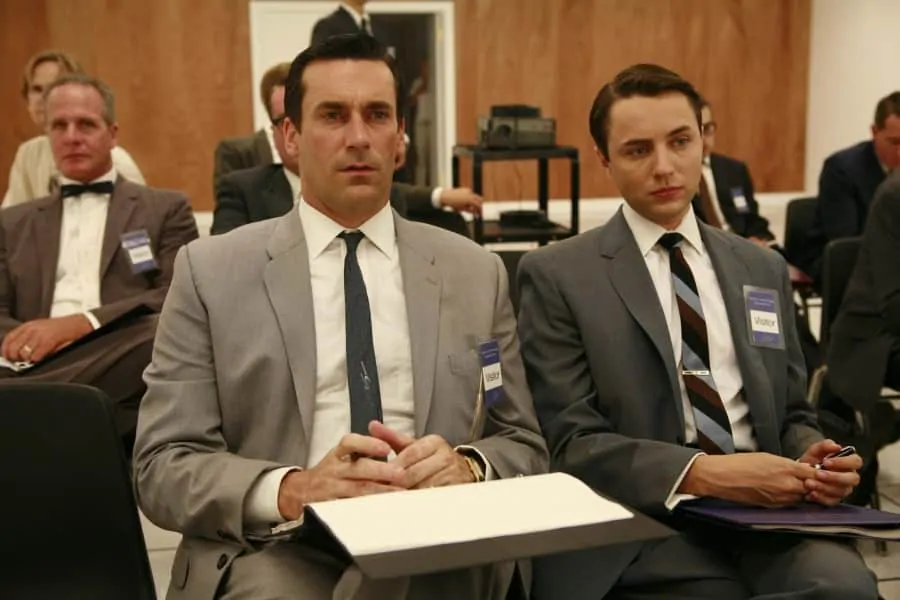
Where to Buy a Tie Clip
Many of the traditional stores like Cartier have stopped selling tie bars with the recent decline in popularity. However, there are still many stores that do. Here are few suggestions:
Jewelry stores such as Tiffany & Co as well as Van Cleef and Arpels also usually have a few in store for sale. Try ebay to find some quality pieces in solid gold for about $1,000, or just talk to the goldsmith of your choice, a custom made tie bar will not be overly expensive after all. Apart from that, Montblanc offers tie bars regularly but often they put their own logo on it which is bad.
In case you want something in a lower price category, I suggest you look at plain sterling silver tie bars, which cost about $30 such as this one or that one.
Ultimately, eBay and etsy are great sources for used and vintage tie bars at any price level. Simply search for tie bar, tie clip or tie tack. Also try combination of things you like such as tie bar 14k gold or tie clip onyx… Try to avoid gold plated items because the plating comes off easily and rather opt for gold-filled instead. Antique shops, pawn shops and estate sales can be your best sources when looking for items such as these and we wish you all the best in finding some truly remarkable ones that are still around. Of course, you have to put in a lot more time and effort to find something you like, but you may find a bargain.

Conclusion
We hope you’ve enjoyed our primer on tie bars and clips. It may seem like they’re not as stylish as they once were but they are in the midst of a come back and just like cuff links or signet rings, they really help you personalize your outfit without breaking the bank.
What’s your favorite tie bar?
This article was written by Sven Raphael Schneider and J.A. Shapira.
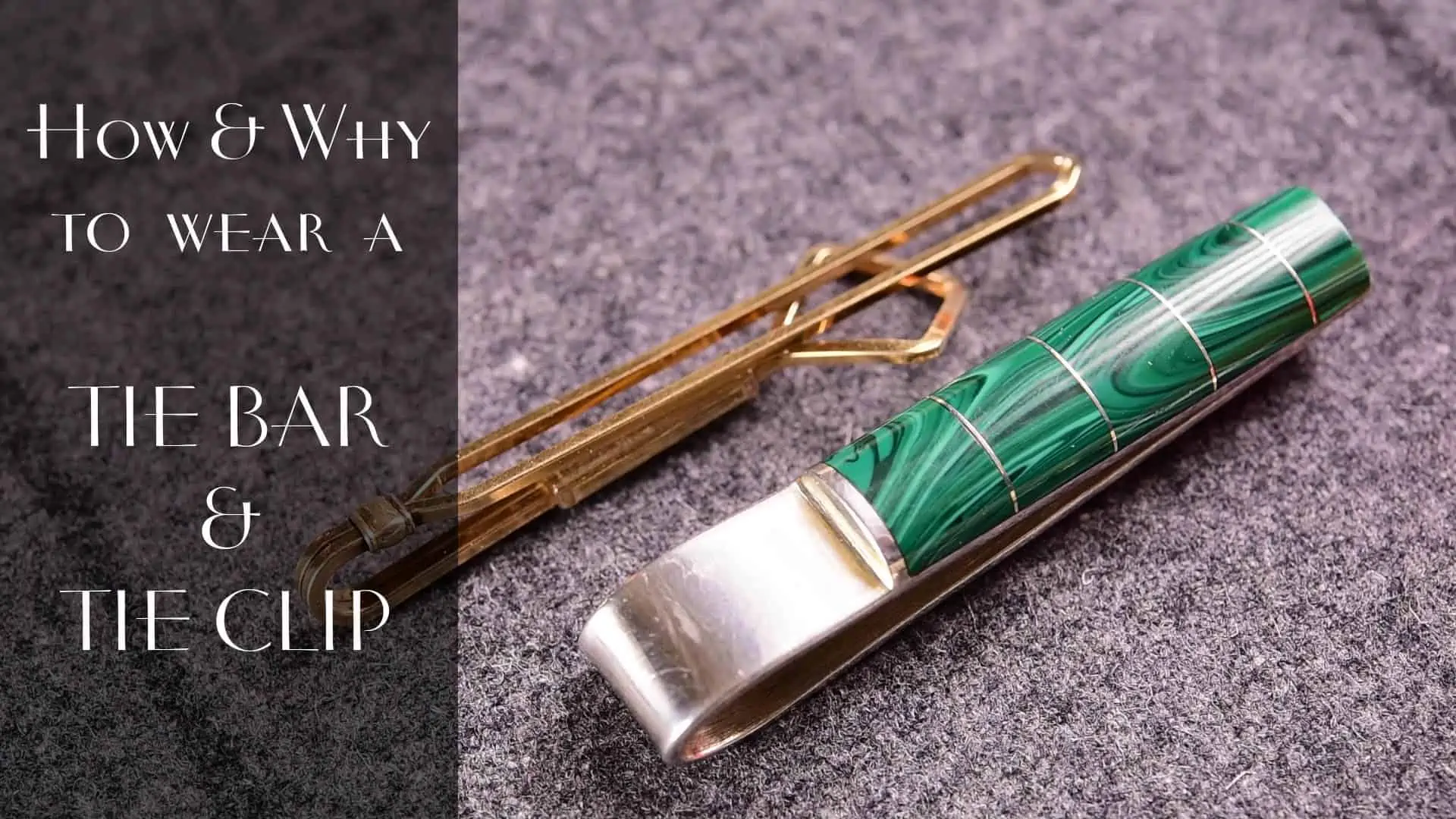
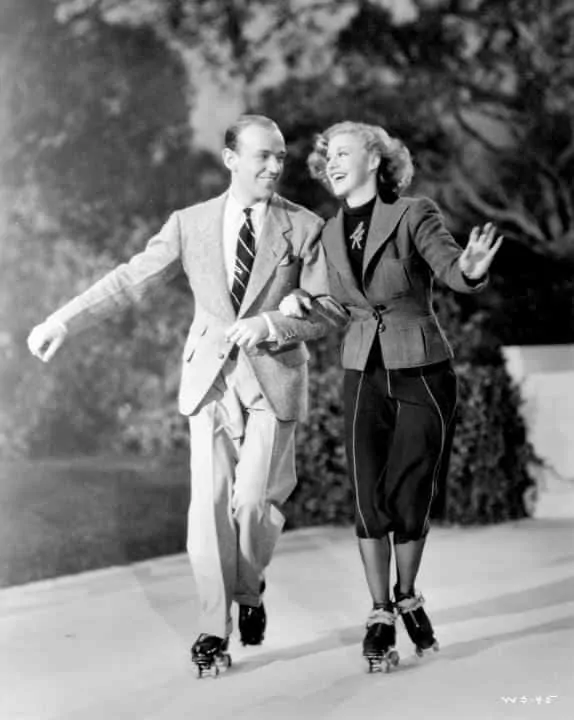
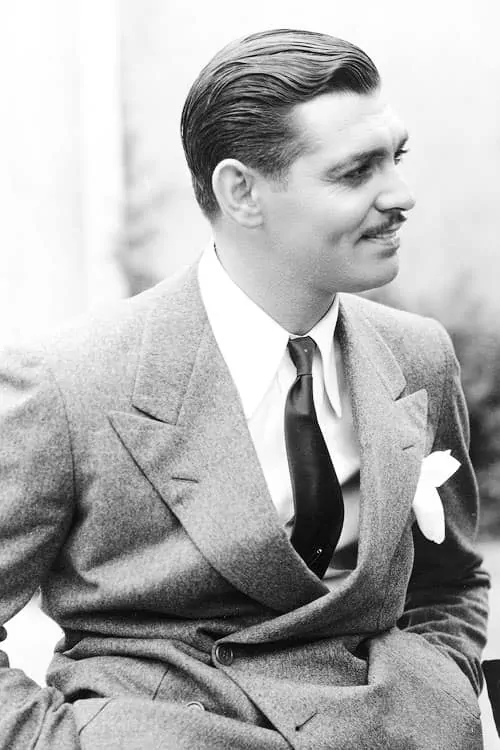
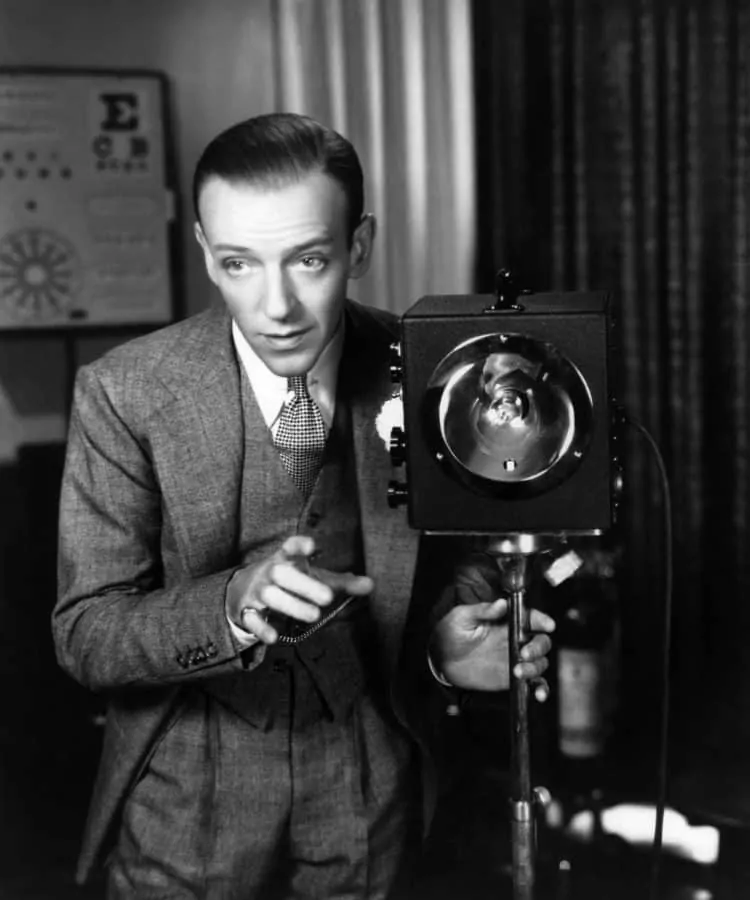
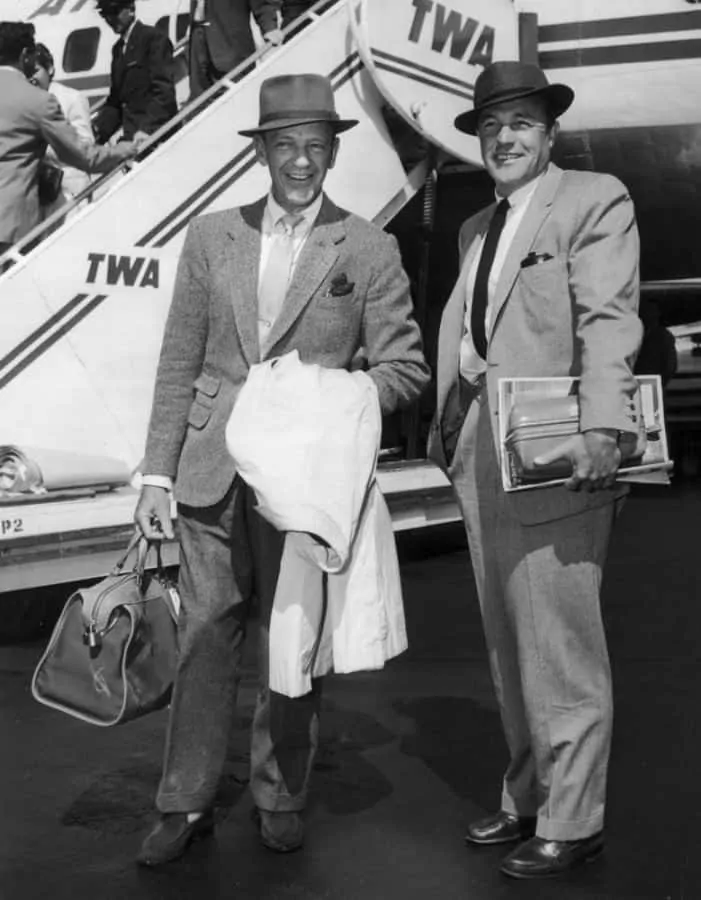
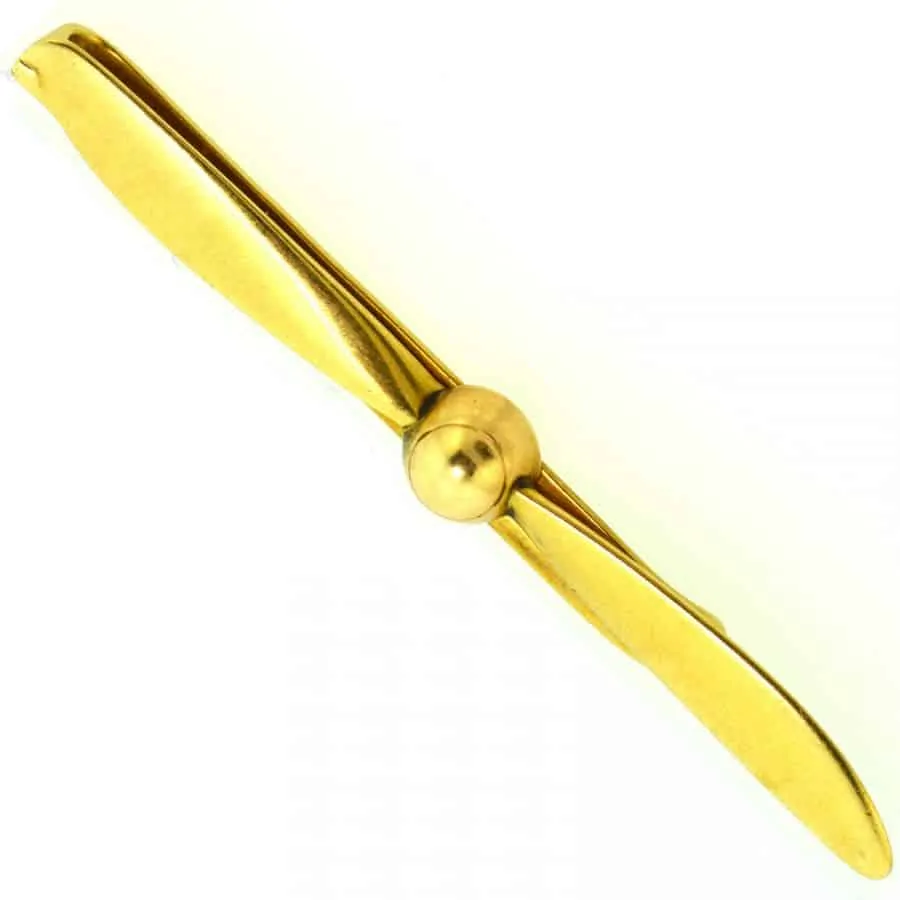
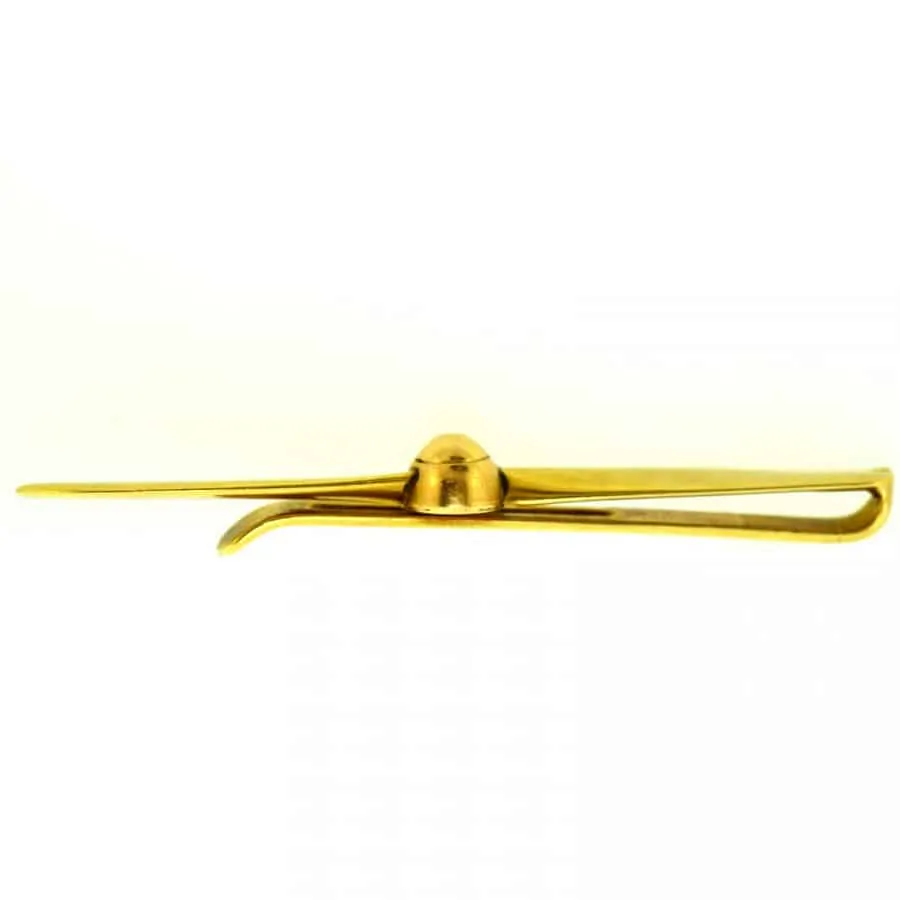
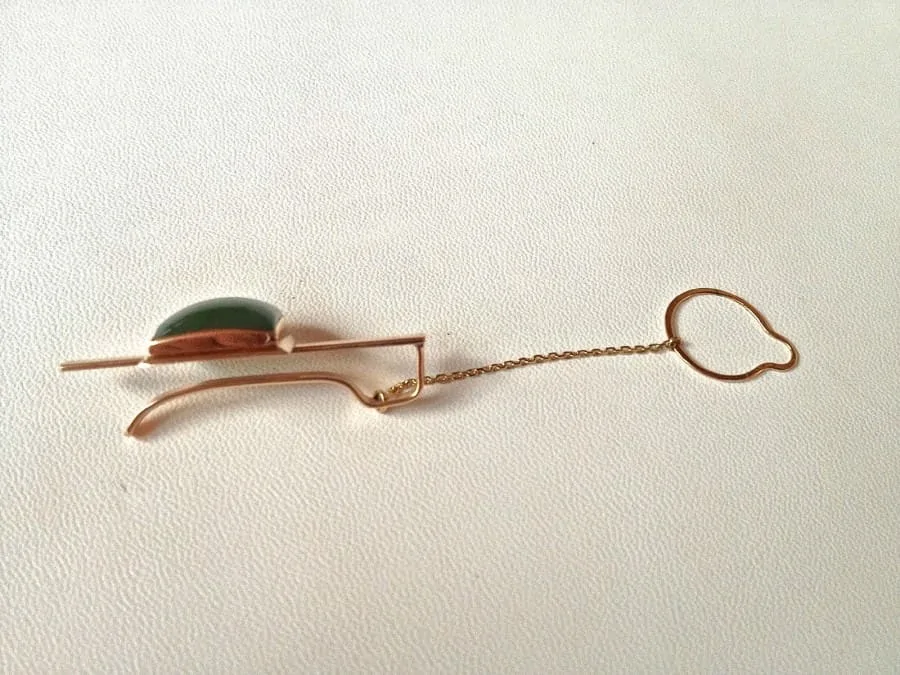
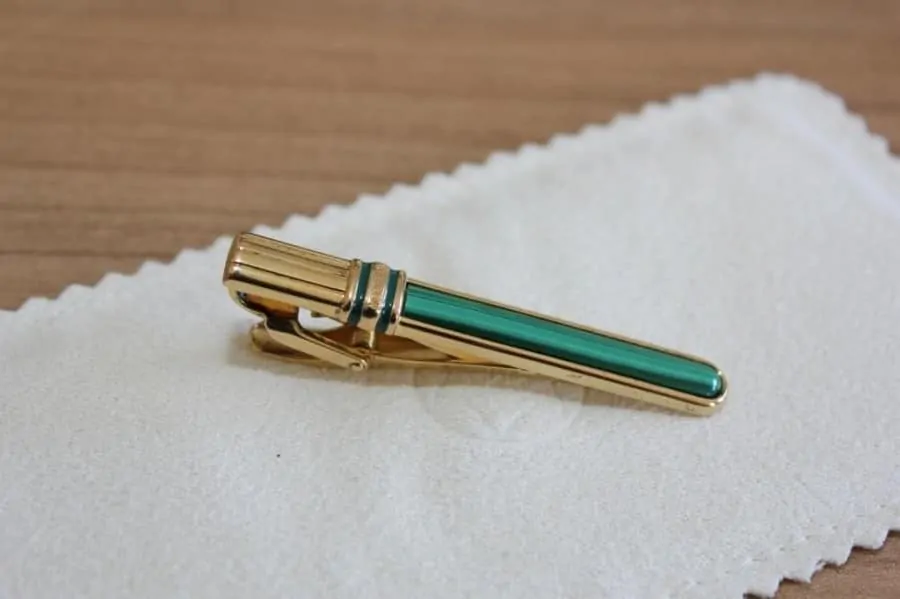
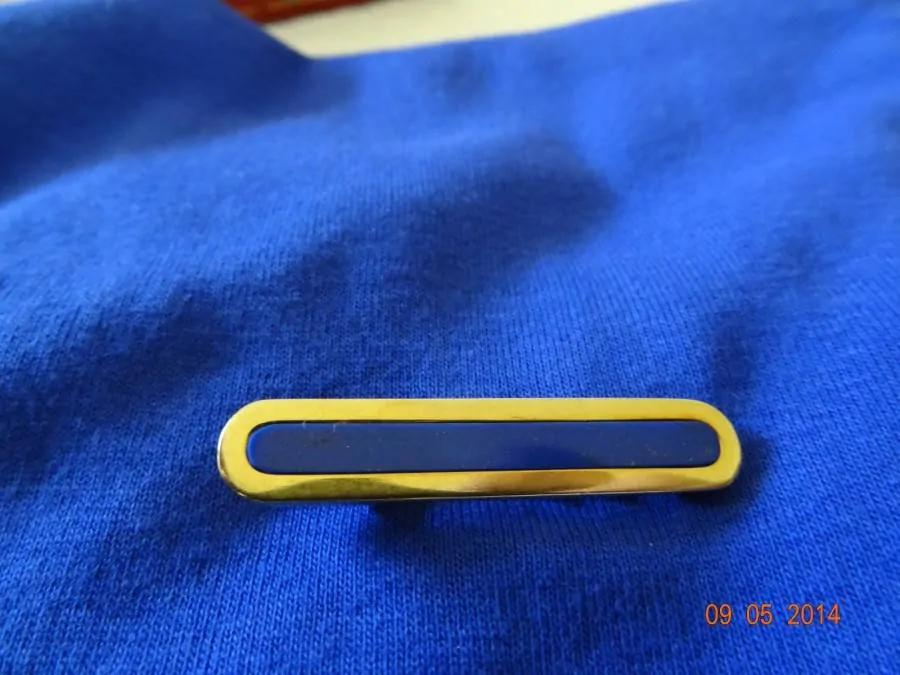
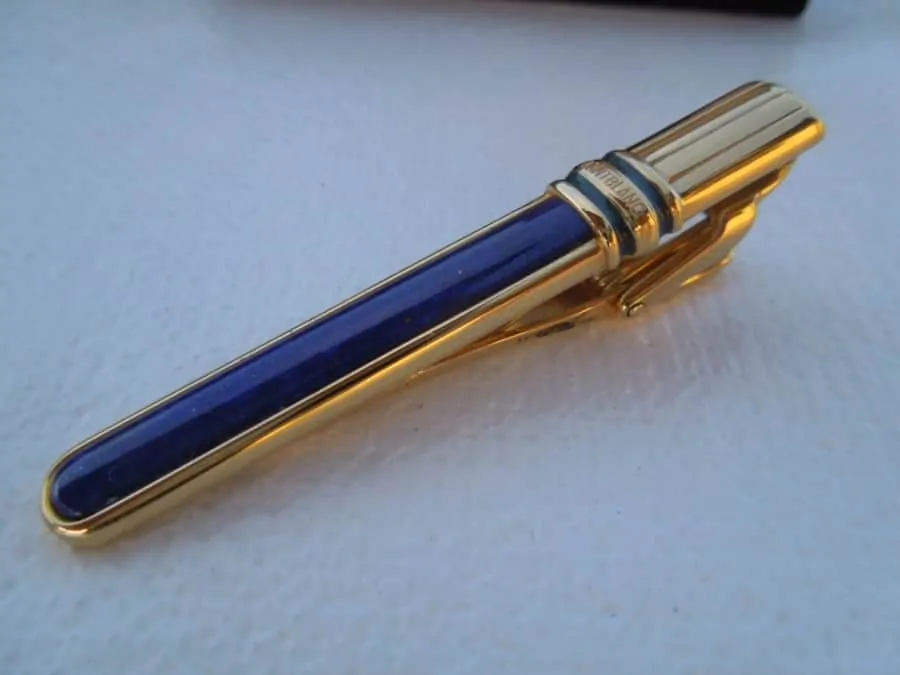
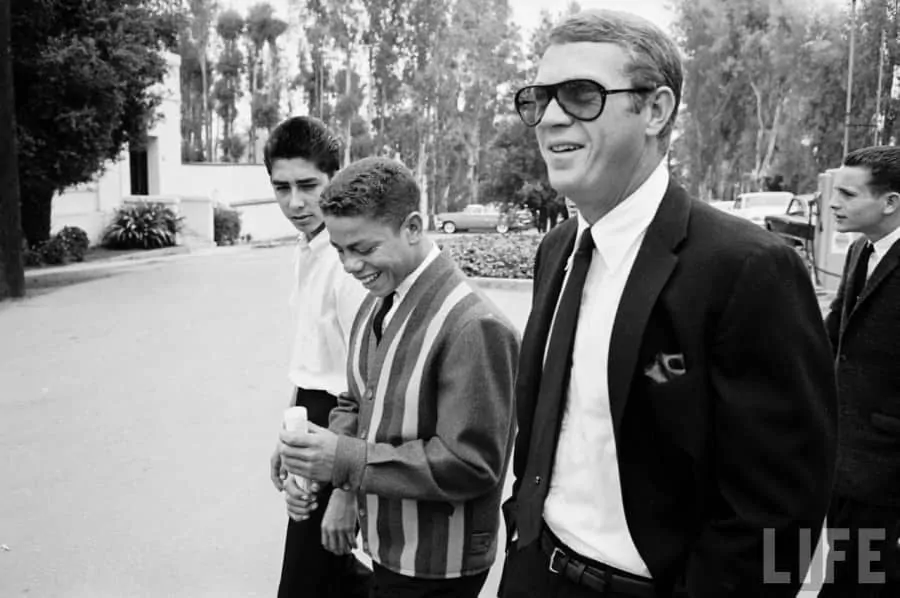
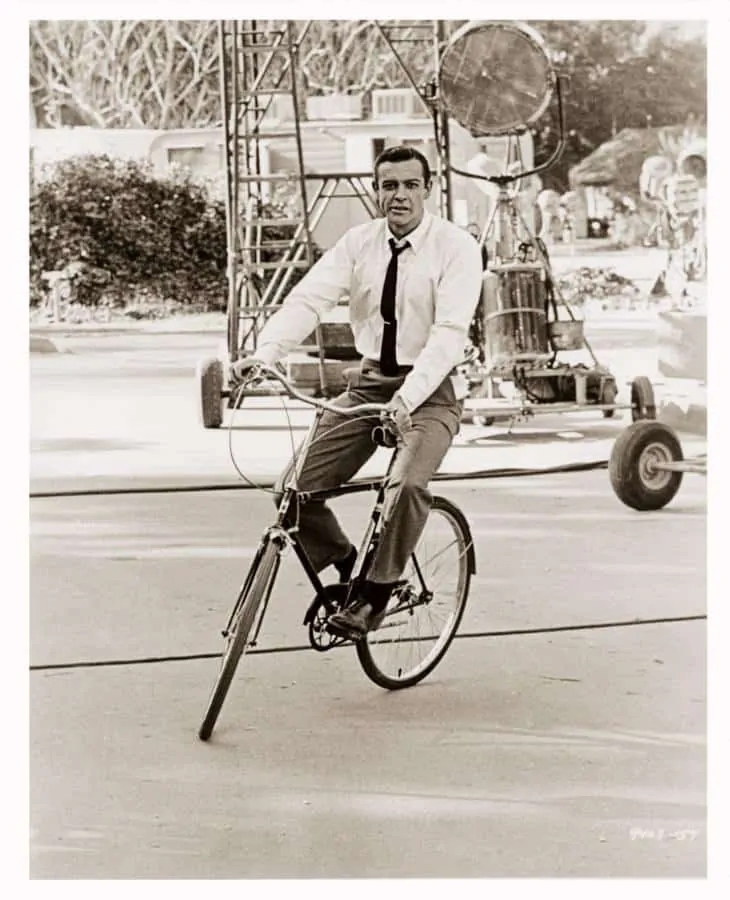
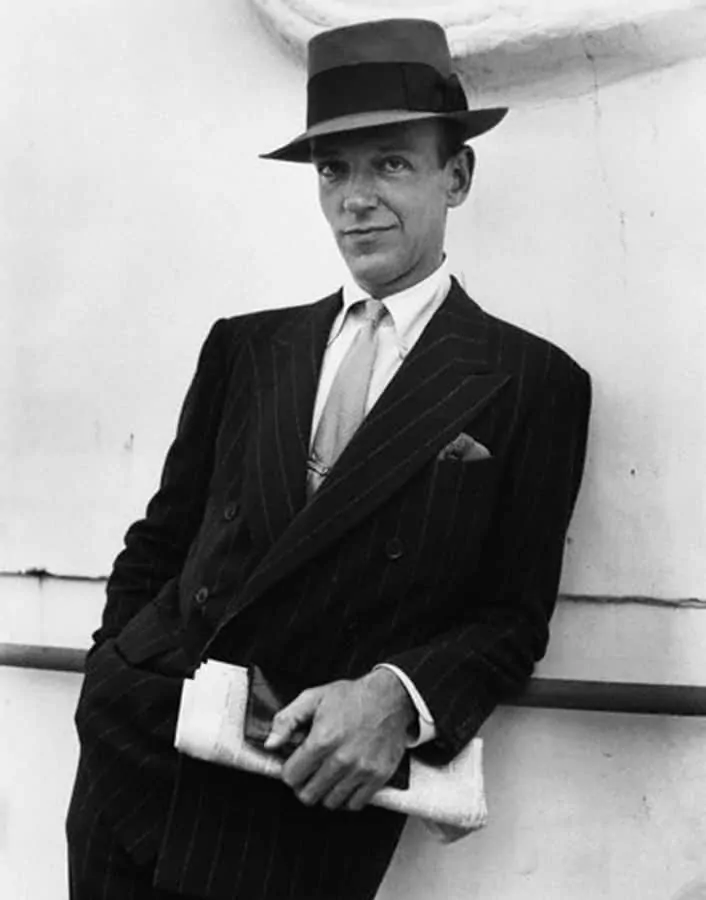
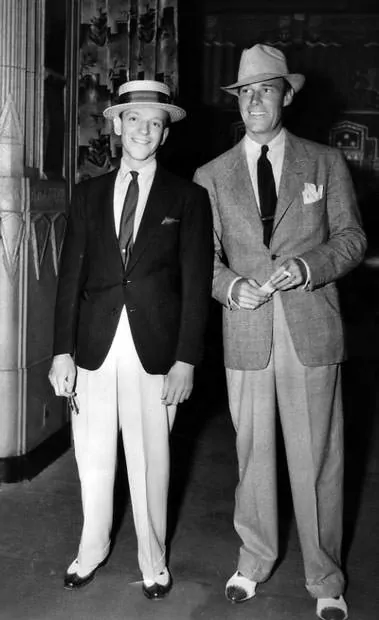
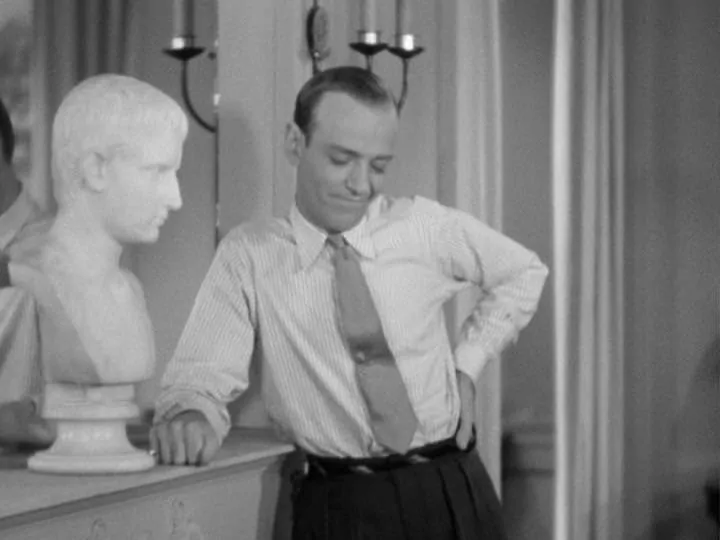
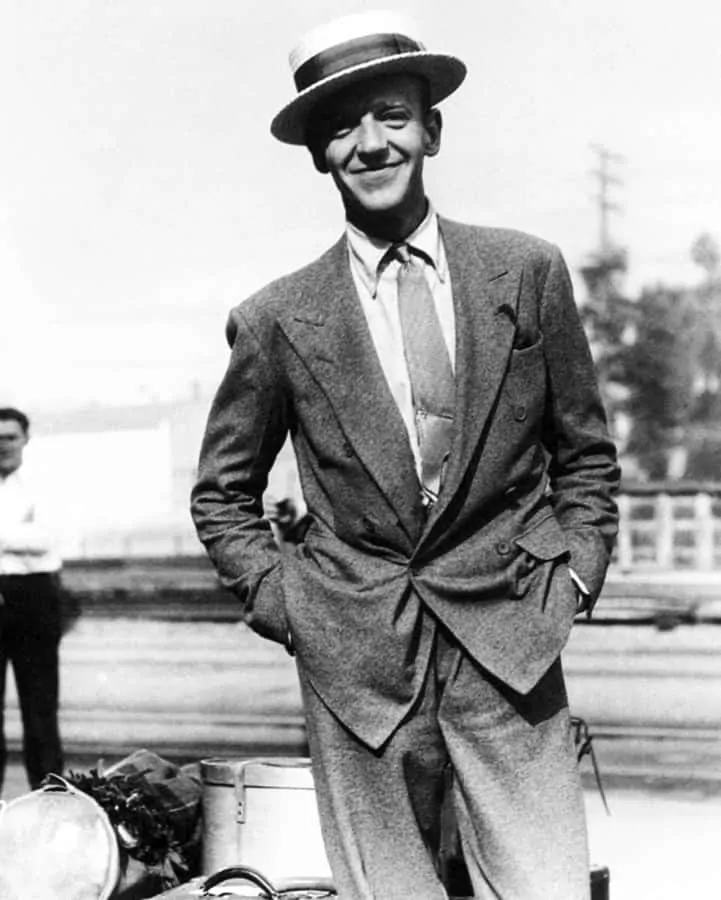
Ottimo consiglio
Great article. I’ve always worn tie clips, having learned the habit from my father. He was one of those people who was “branded” by his company – for the years he worked at Litton, he always wore a cable car tie clip. And tacky or not, the one I wear most often is one with an XJ-120 on it that I stole from his jewelry box before I went to college.
The thought of an expensive tie clip gives me the willies, though, because they do seem to get stripped off so easily if you’re around kids or anything. I haven’t lost one yet, but have come close a few times.
Fred
One thing that I cannot take seriously is tie clip. 90% of the cases to me it just looks over the top, kitsch, even a cheap trick (even when golden). There are much better accessories out there that add class. To me the clip has negative effect.
Just my own personal feeling/view and I am in no way expert on the subject.
Great article! My favorite pieces on the site are the articles that look at the history, development, and underlying utility of menswear. Keep up the good work!
Cheers,
Hugh
Thanks Hugh
As always, an excellent article, and of relation to recent events to me. Due to me being in the process of building a Stressmann, I’ve recently acquired a Tie Stick Pin, and, perhaps more relevant to this article, a relatively unembellished silver tie bar that I spotted in a store quite recently while looking for a certain shade of shirt for a school-related event and a suit I’ve recently had put into production. Doubtless, the purchase of a tie bar may not have been on my mind, and the rules of it would not have necessarily been known to me, without this article, nor would the idea to purchase the pin. Both have been treating me well, and so I appreciate this article a great deal.
Were you even alive in the 80s?
The board of librarians of my high school required all members, regardless of gender, to wear a tie pin at all times in school. That was how I got to wear a tie pin myself for many years (in my country, high school and pre-university studies take seven years). I personally find that tie pins are very practical accessories, they held our ties down and stopped them from tugging at our necks as our teenage selves went – or ran – about the school compound. The design may not have been very impressive, but nonetheless they did their job and helped me look less of a mess than I would have otherwise been. Even now I appreciate the practical and ornamental values that tie pins hold, and when the occasion arises where a tie is worn, I am more at ease with a tie pin making sure my tie stays neat. The tie pins I prefer are minimalistic in design, as they tend to come across as stylish without being too flamboyant. :)